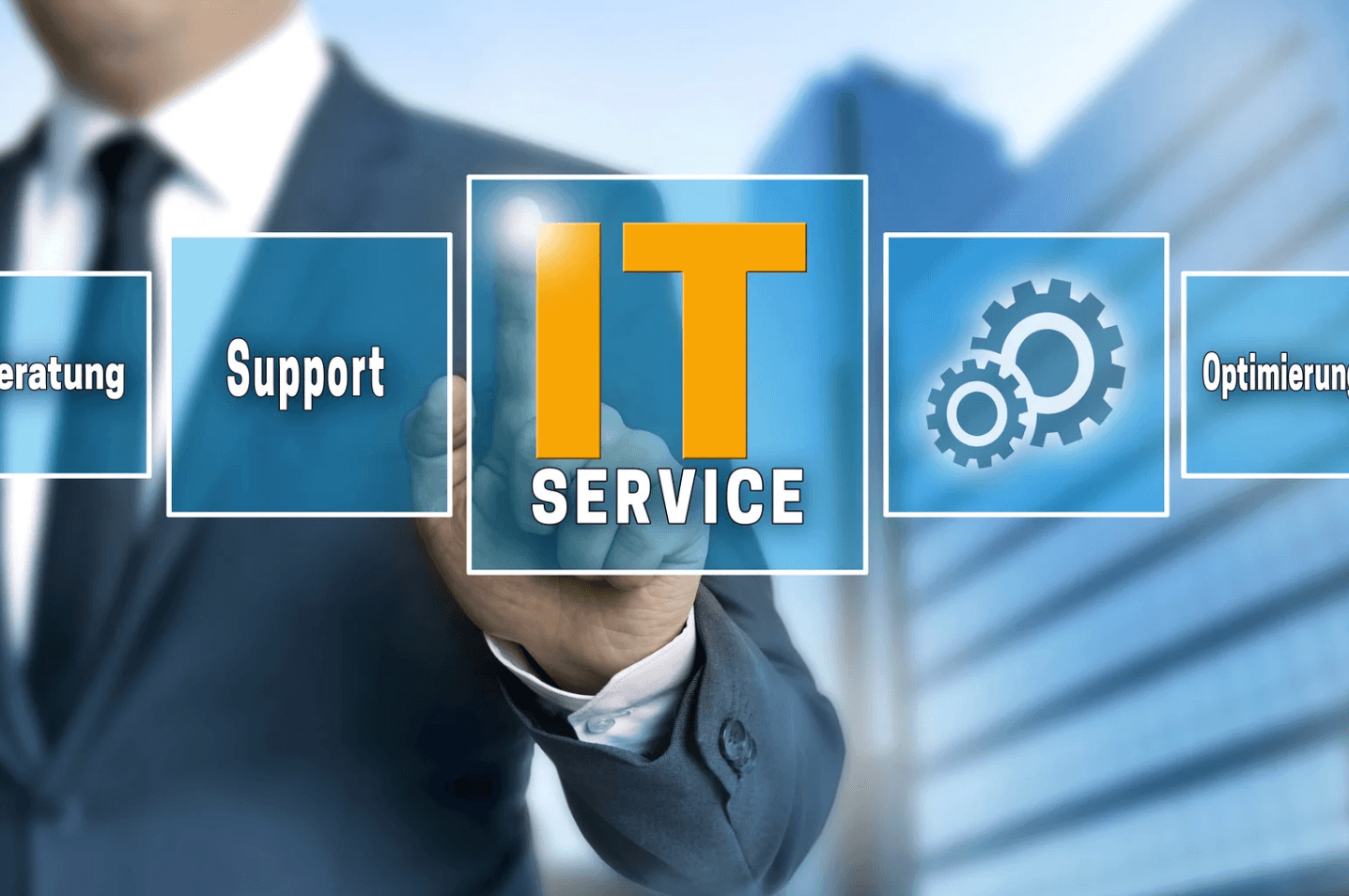Efficiency is the key to success. In today's fast-paced world, businesses and individuals alike are constantly looking for ways to streamline their processes and maximize productivity. One way to achieve this is by focusing on efficiency.

Efficiency can be defined as the ability to accomplish a task or goal with the least amount of time, resources, and effort. It involves identifying and eliminating unnecessary steps in a process, optimizing workflow, and eliminating waste. By increasing efficiency, businesses can save time and money, improve quality, and ultimately, achieve greater success.
There are many benefits to improving efficiency. For businesses, increased efficiency can lead to higher profits, improved customer satisfaction, and a competitive edge in the market. Employees are more likely to be satisfied and engaged when they are working in an efficient environment, leading to higher morale and productivity. Individuals can also benefit from increased efficiency in their personal lives, allowing them to accomplish more in less time and reducing stress.
One way to improve efficiency is by implementing technology. Advancements in technology have made it easier than ever to automate tasks, streamline processes, and increase productivity. From project management software to customer relationship management systems, there are countless tools available to help businesses and individuals work more efficiently. By embracing technology and integrating it into their processes, organizations can save time and money, reduce errors, and improve overall efficiency.
Another way to improve efficiency is by analyzing and optimizing workflows. By carefully examining each step in a process, businesses can identify bottlenecks, inefficiencies, and areas for improvement. By reorganizing workflows, eliminating redundancies, and creating a more streamlined process, businesses can increase efficiency and productivity.
Communication is also key to efficiency. Clear communication within an organization ensures that everyone is on the same page, working towards the same goals, and aware of deadlines and expectations. By fostering a culture of open communication, businesses can reduce misunderstandings, avoid mistakes, and streamline decision-making processes.
In addition to technology, workflow optimization, and communication, another key factor in improving efficiency is setting goals and priorities. By clearly defining objectives and deadlines, businesses can ensure that resources are allocated effectively and that everyone is working towards the same end result. Prioritizing tasks and focusing on high-impact activities can help organizations achieve their goals more efficiently.
Continuous improvement is also important when it comes to efficiency. By constantly evaluating and refining processes, businesses can adapt to changing circumstances, identify new opportunities for improvement, and stay ahead of the competition. By embracing a mindset of continuous improvement, organizations can create a culture of innovation, creativity, and efficiency.
kd2kub